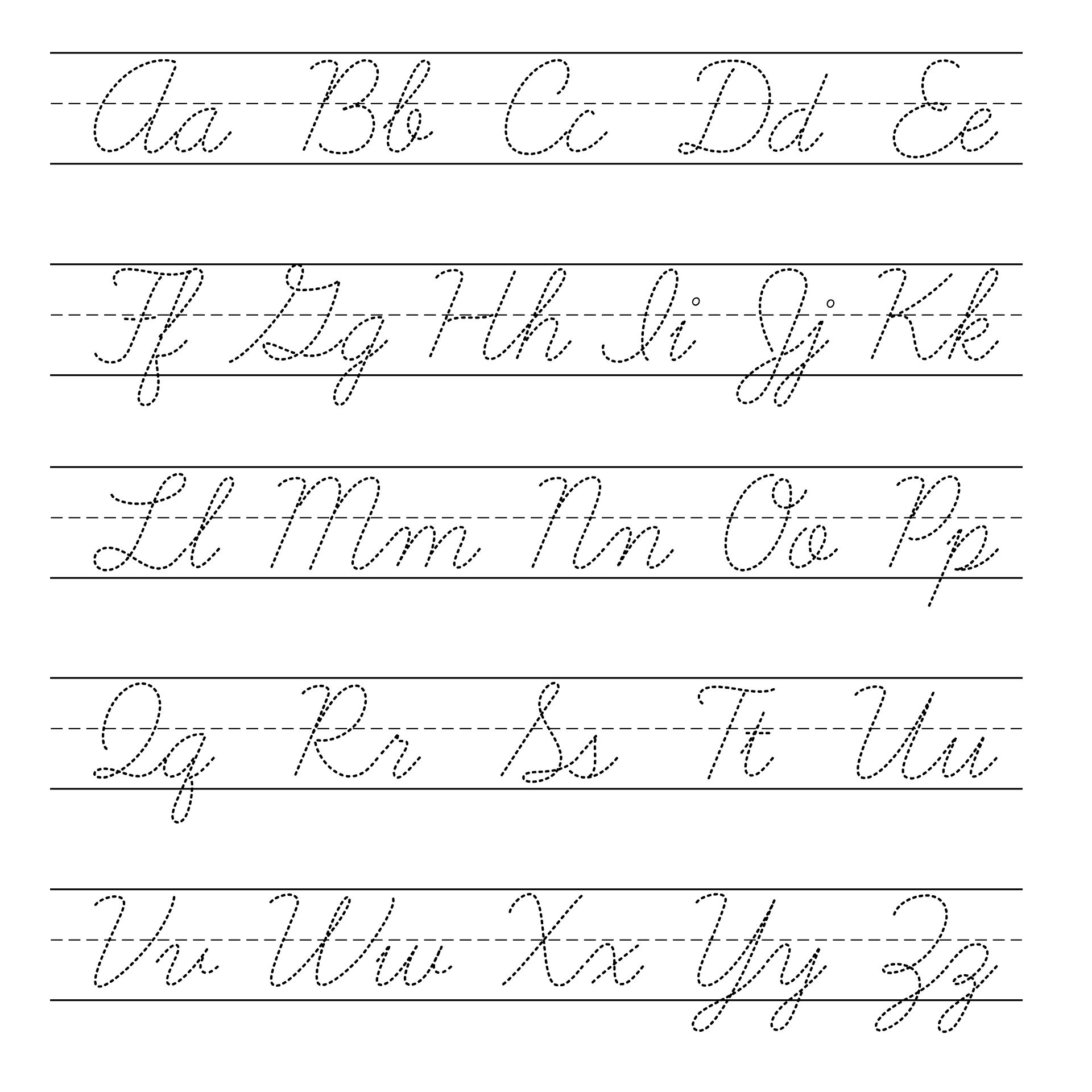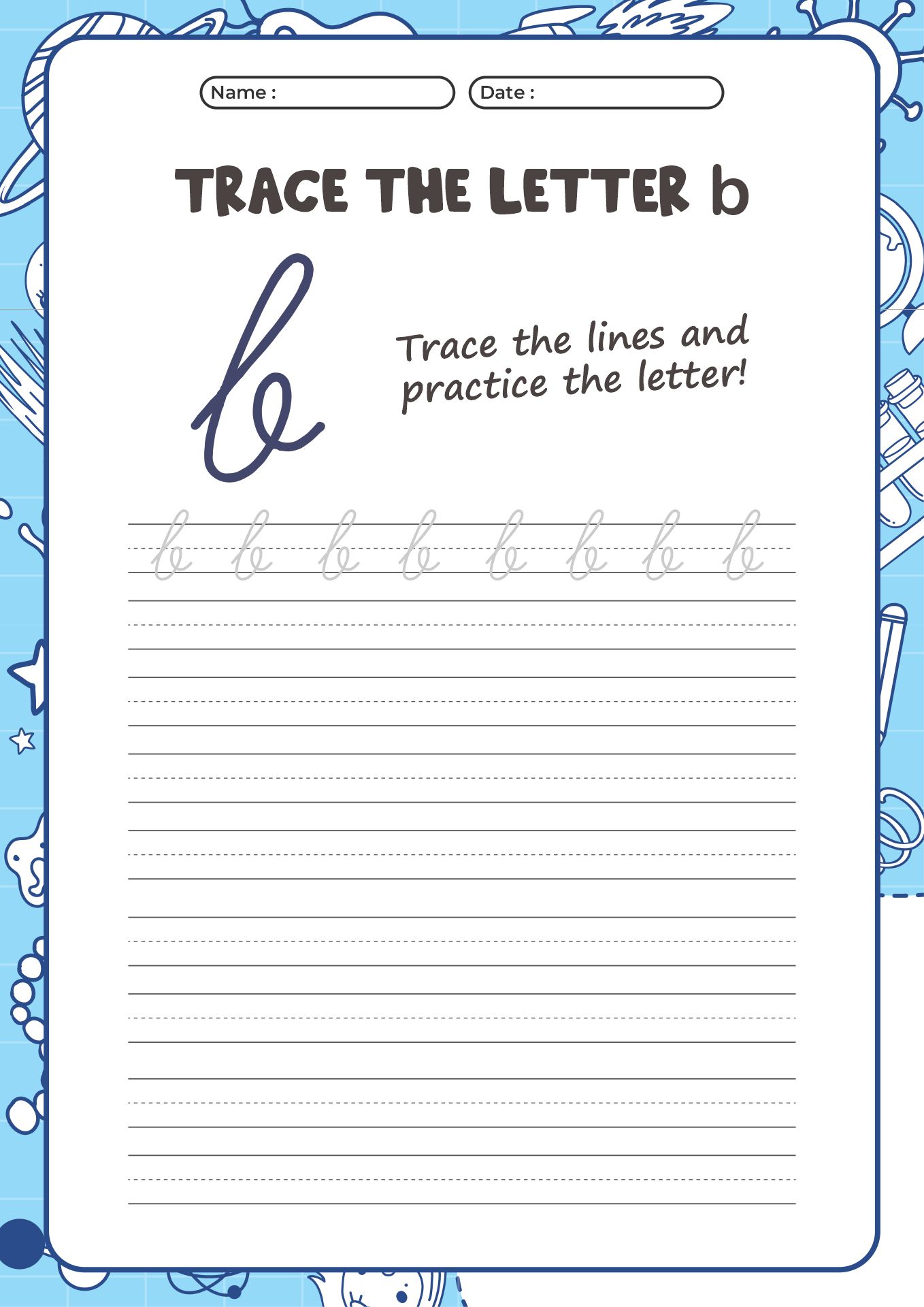
How can this phenomenon be explained? My aim in this paper is to show that, in the 1970s, Barthes conceived an autobiographical project that involved the use of photographs and ‘biographemes’ (which he describes as ‘details’, ‘tastes’, and ‘inflections’). While these two books have very different aims, they are both inhabited by photographs. However, several of his works clearly manifest an autobiographical character, most notably Roland Barthes by Roland Barthes (1975) and Camera Lucida (1980). None of Roland Barthes’s texts could be said to be an autobiography in the traditional sense of the term.

Matalon treats the light captured in the photograph itself as a means of disrupting photography's contingency and introducing indeterminacy into the black/white order of Africa, as well as the racial orders of Israel and Palestine. Reading Matalon's novel The One Facing Us (1995), I contend that here, in the fictionalized framework of neocolonial Cameroon, the author addresses the racial implications of Barthes's idea of photographic “contingency,” anticipating American criticism of his work by more than a decade. Parodying Barthes's discovery of the famous “Winter Garden” image of his deceased mother, Matalon questions Camera Lucida's relevance and significance for situations of mourning in which inequality prevails and the deceased subject does not function as the Barthesian unique and irreplaceable other. In her short fiction, Matalon uses the elevated Hebrew of Barthes in translation as a surreal device of linguistic and narrative estrangement from the Israeli-Palestinian conflict and from the predictable script of an Israeli journalist's visit to a mourning family in Gaza. Drawing on Matalon's use of Barthes, the essay seeks to highlight Camera Lucida's theoretical tensions and to show how these tensions were productive for an experimental mode of critical writing. This essay explores how Camera Lucida “traveled,” as a piece of both visual theory and personal reflection, to the Israel of the first Intifada and its aftermath.

Following the 1988 translation of Roland Barthes's Camera Lucida into Hebrew, Ronit Matalon, an Israeli writer of Egyptian extraction, began interpolating Barthes into her writing, in part through unacknowledged quotations.


 0 kommentar(er)
0 kommentar(er)
